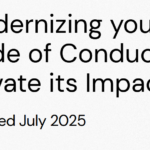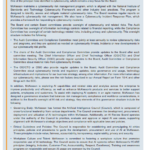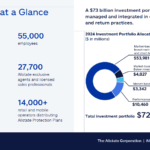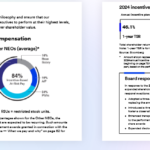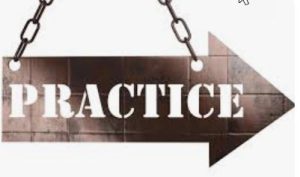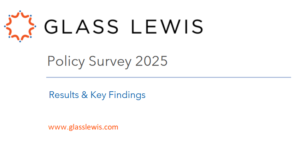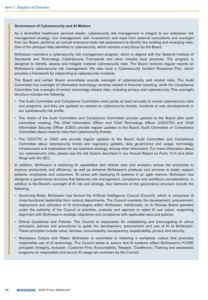Recently, I asked Freshfields’ Pam Marcogliese, DLA Piper’s Sanjay Shirodkar, and Compensia’s Mark Borges the question of “What is your typical process when drafting disclosure to improve it?” Here’s a summary of their answers from those videos:
Pam Marcogliese starts by emphasizing that good disclosure doesn’t begin with editing words – it begins with diligence. Whether it’s a full registration statement or updating a single risk factor, you must first understand:
- The macro-level issues (e.g., tariffs, DEI developments).
- The specific impact on the company (which will differ case by case).
She stresses that understanding the company’s perspective before drafting anything makes the process much easier.
Before each reporting season, she reviews market trends, disclosure patterns, and news developments. She then meets with clients to understand how those developments are expected to impact their business – and only then begins writing. Precedent language is helpful but must be customized for each client.
Mark Borges notes that a sound disclosure drafting process involves reviewing:
- Prior year SEC filings.
- ISS and Glass Lewis comments.
- Say-on-pay results.
- Shareholder engagement activities.
- Company-specific priorities and messages.
Sanjay Shirdokar helps larger companies conduct a continuous review, which includes three things:
- Daily News Report – Curate automated alerts for the company and its peers based on relevant topics.
- Continuous Benchmarking – Instead of waiting until the 10-Q filing, benchmark peer group disclosures and developments throughout the year.
- Quarterly Pre-Filing Calls – Before earnings or 10-Q materials are ready, discuss key topics related to the company’s disclosure and with subject matter experts.
This proactive model allows him to be part of crafting disclosures rather than reacting to them.
For smaller-cap clients, he does standard things like reviewing press releases, 8-Ks, law firm blogs, and new SEC guidance – basic table stakes. This proactive approach differentiates him from peers and makes life easier. Changing disclosures is harder than crafting them upfront. By staying in front of issues, he minimizes heavy revisions.








